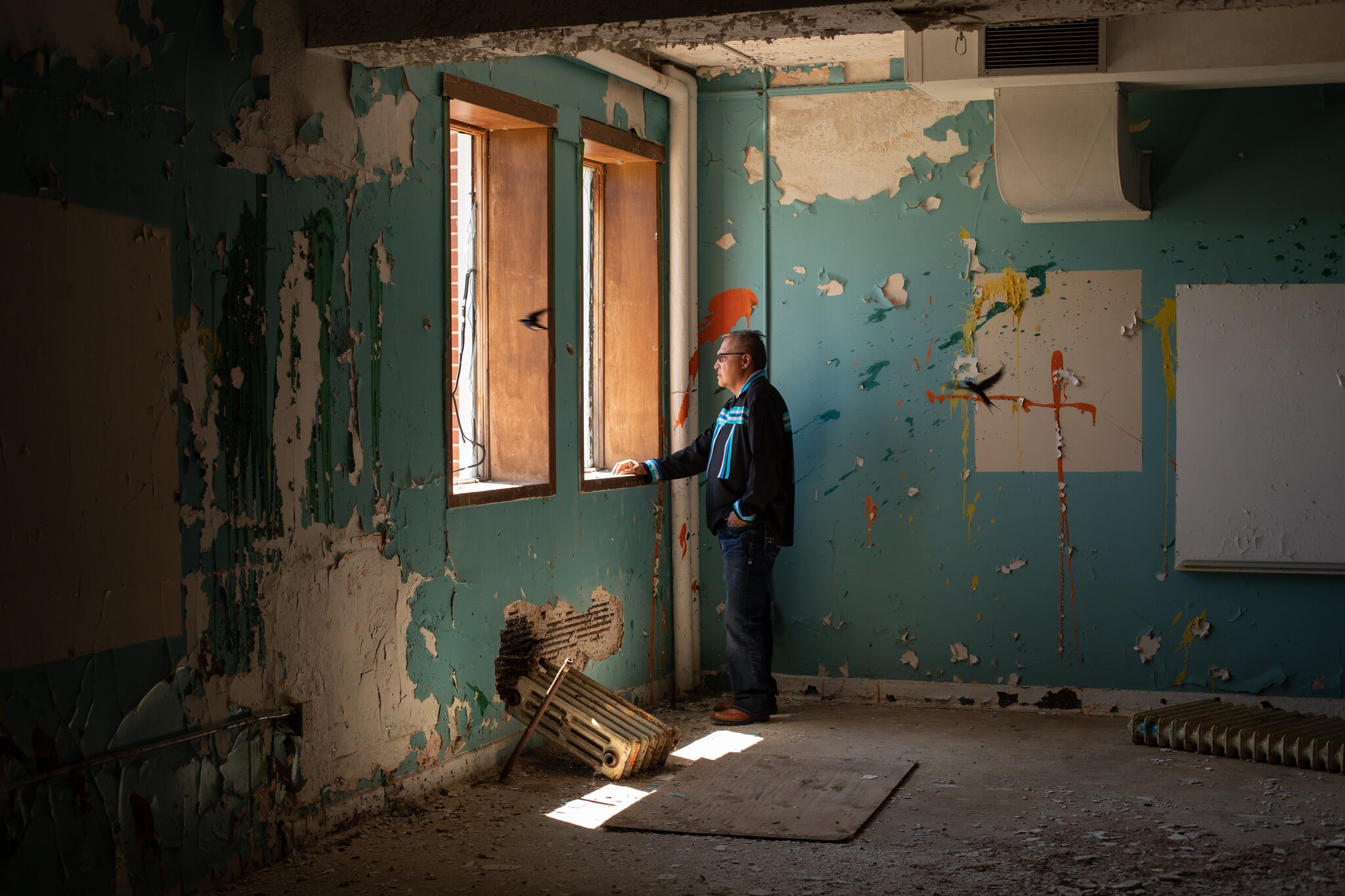(CANADA)
New York Times [New York NY]
June 26, 2021
By Ian Austen / Photographs by Amber Bracken
Two gruesome discoveries of what Indigenous groups say are the remains of hundreds of children have strengthened the groups’ resolve to hold the country accountable for a long-hidden brutal history.
[Photo above: Ken Thomas at the Muskowekwan Indian Residential School, a part of a system of schools that were designed to sever Indigenous children from their culture, near Lestock, Saskatchewan.]
MUSKOWEKWAN FIRST NATION, Saskatchewan — At age 6, Ken Thomas said he was put in a van, driven two hours from his home and dropped on the steps of the Muskowekwan Indian Residential School. The nuns immediately shaved off his braids, and he soon learned that whenever he spoke his Indigenous language they would wash out his mouth with soap.
During his 10 years there he experienced many more searing horrors. He recalled a friend committing suicide after being stripped naked and locked into a dorm after trying to escape. Mr. Thomas and the other boys found their friend hanging lifeless in the shower.
And like many other students, he says he saw human bones being unearthed by unsuspecting contractors connecting a water line on school grounds. Some students had gone missing and he had heard rumors that they had died and been buried there.
From the 1880s through the 1990s, the Canadian government forcibly removed at least 150,000 Indigenous children like Mr. Thomas from their homes and sent them to residential schools designed to sever them from their culture and assimilate them into Western ways — a system that a National Truth and Reconciliation Commission in 2008 called “cultural genocide.” At the schools, which were mostly run by the Catholic Church, sexual, physical and emotional abuse and violence were commonplace. Thousands of children went missing.
Now Canadians are learning even more about this disturbing history. In the past four weeks, two Indigenous communities said they have discovered hundreds of unmarked graves of children who may have died at the schools of disease or neglect, or even been killed. And the revelation has stoked a new resolve among Indigenous groups to hold the country accountable for its brutal past, and increased pressure on the government of Prime Minister Justin Trudeau to put in place the 94 recommendations of the commission.
It is also potentially changing the way Canadians think about their history.
Jim Miller, history professor emeritus at the University of Saskatchewan, said that since 1983, when he began studying the residential school system, public awareness of the history outside of Indigenous communities has periodically risen, only to ebb again.
He said that since the recent discoveries of unmarked graves, interest has been markedly strong, and that he had never seen a time when it was “this intense or widespread.”
“This is, in my experience, unprecedented in its scope,” he said. “And I find it very difficult to believe that we can go back to ignoring the ills and legacy of residential schooling after this.”
The reconciliation commission estimated that about 4,100 children vanished from the schools nationwide. But an Indigenous former judge who led the commission, Murray Sinclair, said in an email this month that he now believed the number was “well beyond 10,000.”
“People say: ‘Oh, get over it, it’s done,” said Cynthia Desjarlais, a councilor for the Muskowekwan First Nation who is leading the effort to locate the remains of children who were forced to attend that school and never returned home. “We need to work on this.”
In recent years, Indigenous communities have been pushing to use improved ground-penetrating radar technologies to search for graves of missing children.
On Friday, Cowessess First Nation in Saskatchewan said it had found the remains of as many as 751 people, most of them likely children, at the Marieval Indian Residential School, about 87 miles from the provincial capital, Regina. In May, Tk’emlups te Secwepemc First Nation in British Columbia said it had discovered the remains of 215 people, also likely mostly children, at Kamloops Indian Residential School.
Muskowekwan, where Mr. Thomas was forced to attend school, was the site of one of the earliest searches for remains.
The red brick and stone school building opened in 1931, and operated until 1997, first under the Catholic Church, then under the federal government and finally under the First Nation itself. Its facade is now pockmarked with broken windows and particle board patches that prove futile at keeping out birds and visitors.
In 2018, students from four universities drove to the school to begin searching for unmarked graves. For four days they swept a small portion of that land, once used to grow potatoes, with ground-penetrating radar, a technology that has become more sensitive in recent years.
Their search revealed what many in the community had expected and feared — the remains of 35 people, most of them children, in unmarked graves.
In general, Muskowekwan drew its pupils from up to a half dozen Indigenous communities in a wide area north of Regina, the provincial capital. But Ms. Desjarlais of the Muskowekwan First Nation boarded at the school although her family lived close by. She said she had nightmares that she would never see her mother again.
When Mr. Thomas, who is Anishinaabe, arrived in 1973, he was too young to comprehend what was happening.
“I had no clue what was going on,” said Mr. Thomas, who is now 53. “I came to the school with the braids and about an hour later, those braids are gone. My head was shaved. So that was kind of the start of how I was introduced into the residential schools.”
On a recent day, as he walked through the school — its floors littered with bird droppings, peeled paint and feathers — Mr. Thomas described his harrowing memories.
In the darkness of what had once been his dorm room, he pointed out the series of shower stalls where the friend who committed suicide had been punished for trying to escape.
The Kamloops Indian Residential School, about 900 miles to the west of Muskowekwan, has been replaced by a new Indigenous community school nearby. At the grounds of the old school, the search for the remains of more missing children is continuing.
Guards keep the curious away from an overgrown orchard that appears to be the locus of the search. A perfectly manicured soccer field sits in front of the old school building.
The poet Garry Gottfriedson boarded at the residential school, but returned years later to become a teacher and eventually principal of the new school.
Mr. Gottfriedson attended Kamloops for about seven years, from 1959 to 1963, until he and some of his 13 siblings escaped the system. Their mother, and other women in the Indigenous community, successfully petitioned to send their children to the local public schools instead.
Now retired from the school, Mr. Gottfriedson teaches writing at Thompson Rivers University. He said the discovery of the unmarked graves has revived bitter memories for him; the only salve was to return to traditional land in the company of family members.
Last Sunday, he drove into the mountains on the dirt tracks his grandmother once traveled by horse and buggy to get to her summer cabin. He was joined by two nieces, and a cousin and her three children.
They were searching for a medicinal root. But after several false starts and a phone call to another family member, the party figured out that they were about two weeks too late for the harvest. So they shifted their focus to tailgating. Food, ranging from shortbread and almond cookies to a bitter Indigenous drink, appeared.
“We were not successful today in finding the root we wanted,” he said. “But look, we’re together and we’re out on the land.”
Like many former residential school pupils, Mr. Gottfriedson decided years ago that for his own sake, he would not discuss his experiences. His children, he said, learned about them only when he began publishing his poetry.
“Things that I witnessed and experienced in that place — if the words came out of my mouth, I think that would be the end of me,” he said, sitting in the shade of a large tree on the arid mountainside. “But I can write about it, and I can write about it in a creative way where it’s safe.”
Still, as he spoke, some grim memories slipped out: seeing a friend and classmate being sexually assaulted by a monk when he was too young to understand what was going on; warnings from other children never to be alone with the priest or monks; and a girl committing suicide after repeated beatings because she couldn’t speak English.
A renewed determination by Indigenous leaders like Ms. Desjarlais and the expanded use of scanning technologies is expected to lead to even more discoveries of unmarked graves.
Last Tuesday, a number of former students — who in Indigenous communities are generally known as survivors — gathered in front of two teepees near the Muskowekwan school, wearing their traditional skirts and shirts trimmed with brightly colored ribbons. They had gathered to hear the federal minister for Indigenous relations announce by Zoom that the government would provide just under five million Canadian dollars to pay for the searches of the grounds surrounding former residential schools throughout Saskatchewan.
While many Indigenous people feel validated by the finding of remains, the news has also been traumatic and prompted a host of questions about what should happen next.
To identify the remains — and determine how and when the people died — the communities would have to exhume them, a decision the Muskowekwan rejected in 2018. The First Nation in charge of Kamloops has said that no decision will be made about this or any other next steps until the search for remains is completed.
Another question is what to do with the buildings themselves.
When the residential school system was dismantled, with the last institution closing in 1996, local Indigenous communities set up schools to replace them.
The Muskowekwan First Nation kept the old building as a symbol of injustice, but all other First Nations in Saskatchewan tore down their schools to break with the past.
Ms. Desjarlais’s objective is to mark off the burial grounds after the next round of scanning is complete. She’s also looking for money to turn the ruins of the school into a museum and archive as well as an adult education center.
Hers is not a universally shared vision. Some former students said they avoid driving past the school simply because it contains so many bad memories for them.
Mr. Thomas is among those who want it to meet with a wrecker’s ball. His wish is to “have some kind of monument instead where they’re not seeing this big building where a lot of hardships occurred and abuses.”
Vjosa Isai contributed reporting.
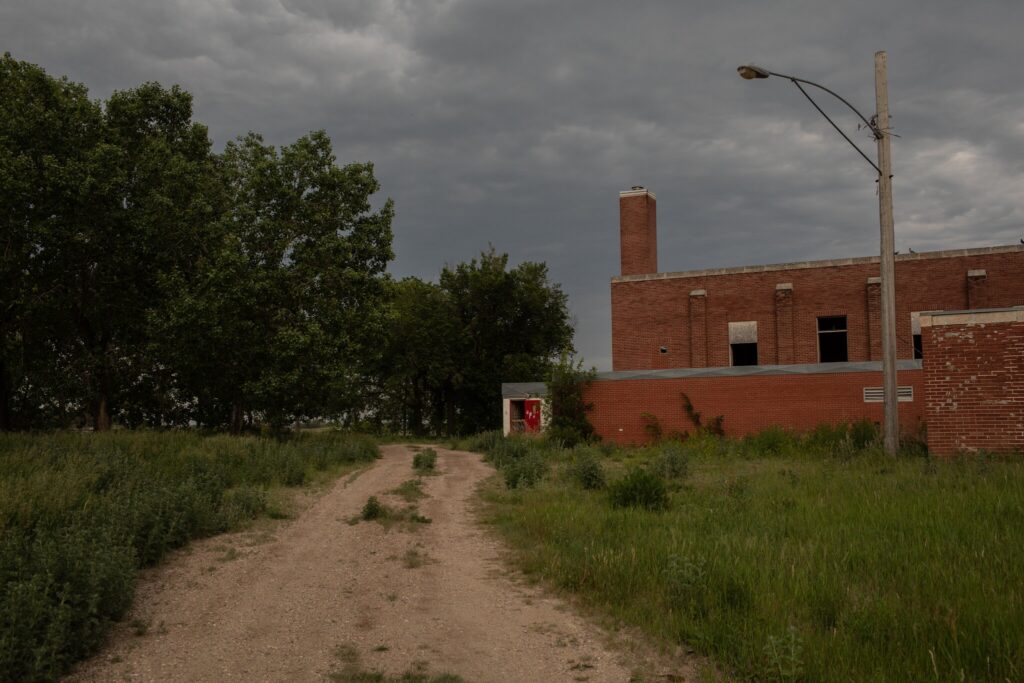
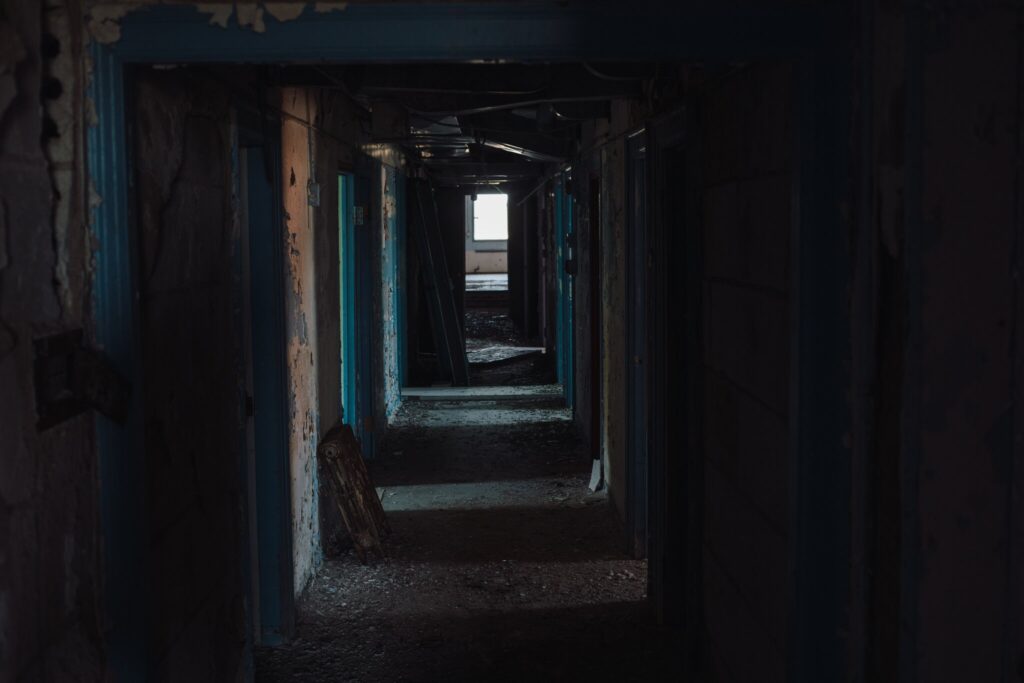
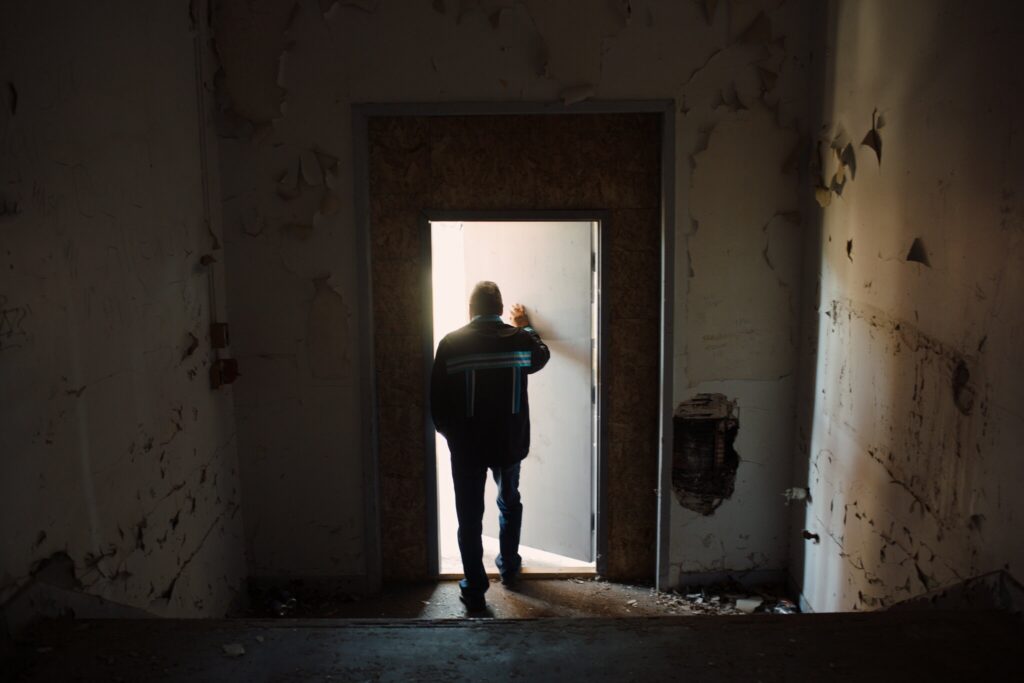
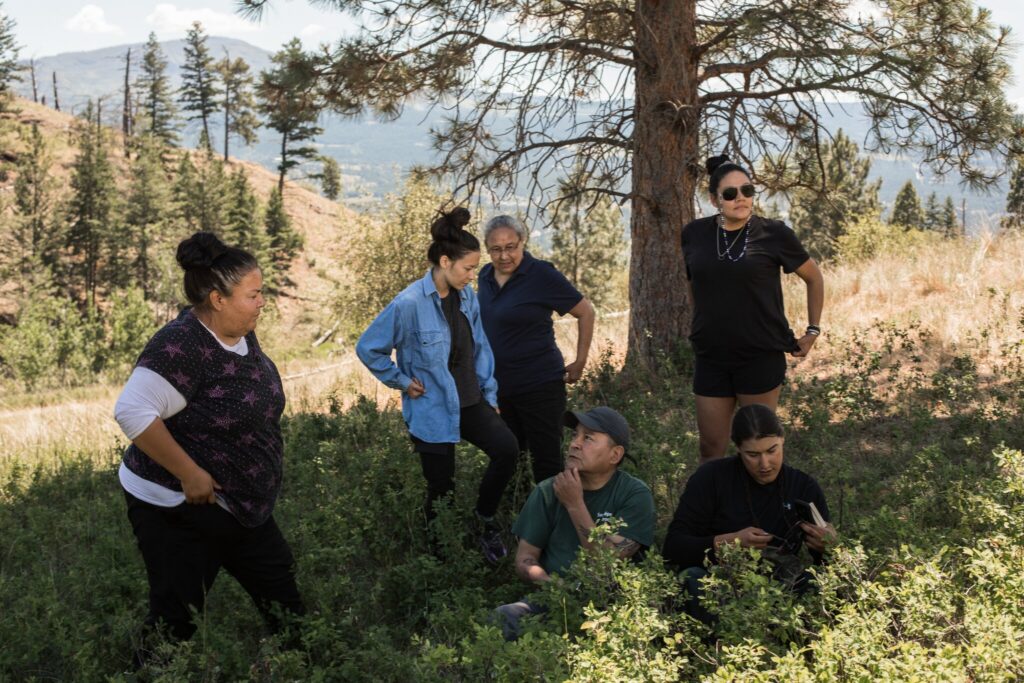
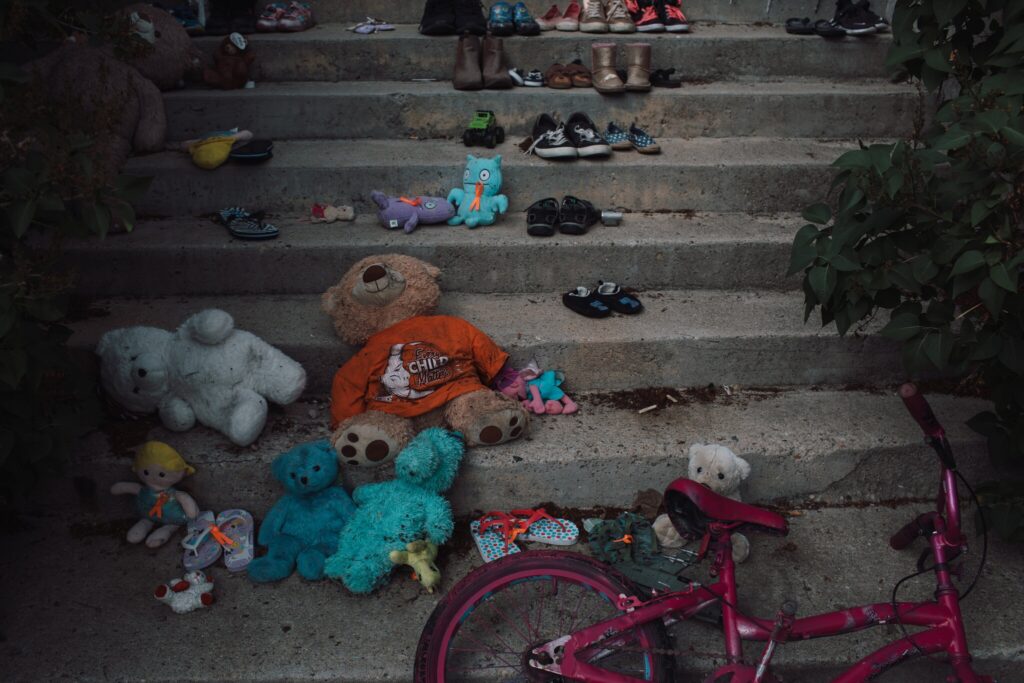
A native of Windsor, Ontario, Ian Austen was educated in Toronto and currently lives in Ottawa. He has reported for The Times about Canada for more than a decade. @ianraustenA version of this article appears in print on June 27, 2021, Section A, Page 6 of the New York edition with the headline: Discovery of Graves Bolsters Indigenous Push for Reckoning in Canada.

